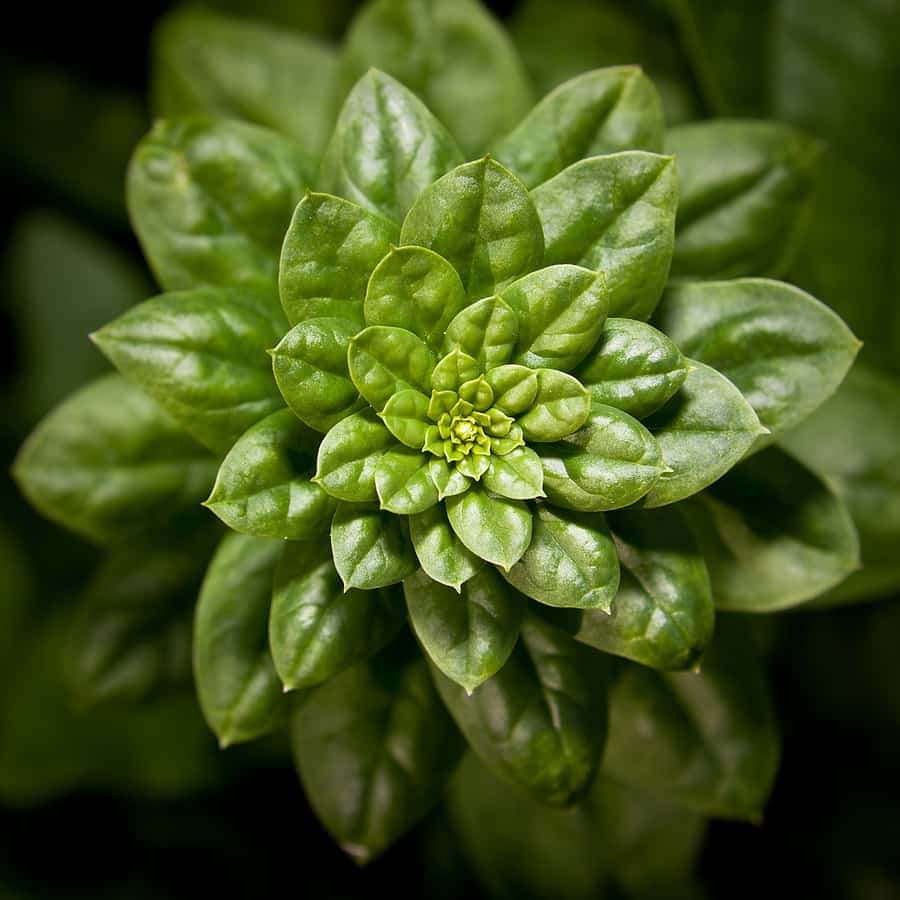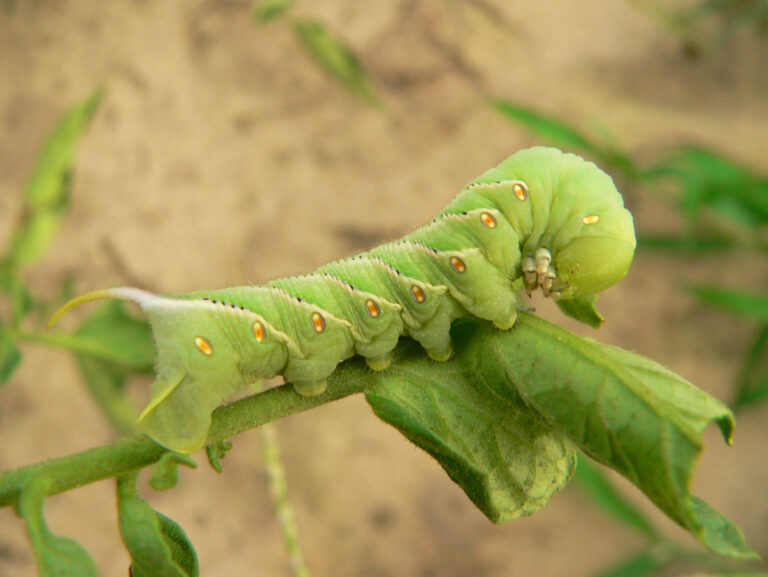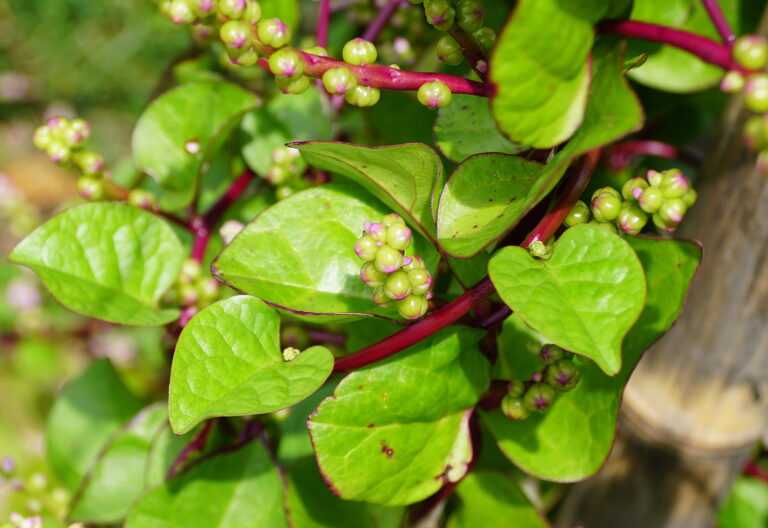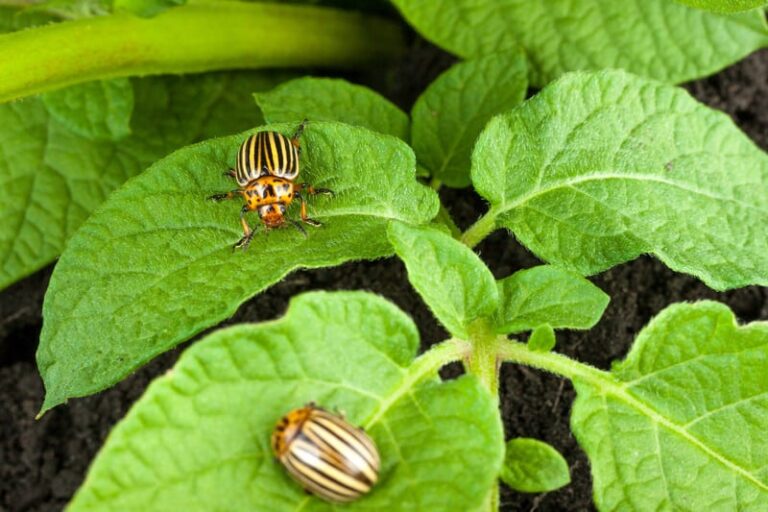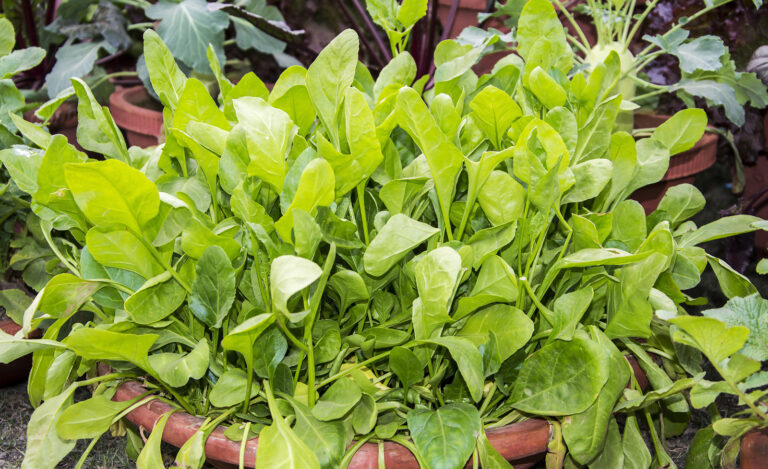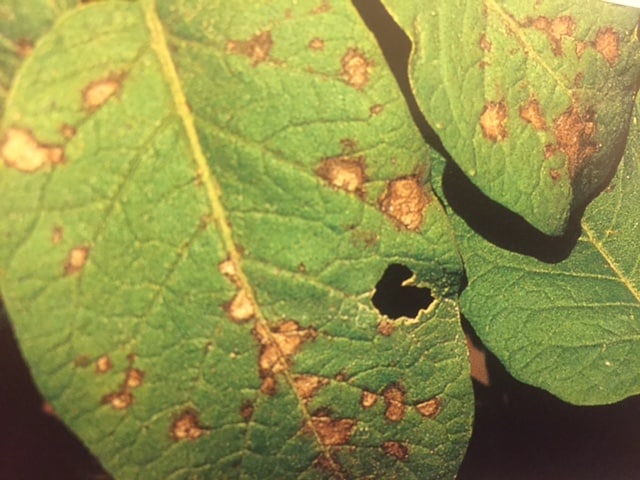Common Spinach Pests and Diseases and How to Control Them Naturally
Spinach growing problems are often related to growing spinach in the wrong season.
Grow spinach in cool weather. Sow spinach in the garden as early as the ground can be worked in spring. Make succession sowings every 10 days for a continuous harvest of young tasty leaves. Continue sowing spinach until just a few weeks before the start of summer.
Sow spinach again in late summer for a cool fall harvest. In mild winter regions, sow spinach in autumn for spring harvest.
For spinach growing tips see Spinach Growing Success Tips at the bottom of this post.
Spinach articles on Harvest to Table:
- How to Plant and Grow Spinach
- Spinach Seed Starting Tips
- How to Harvest and Store Spinach
- Spinach Growing Problems: Troubleshooting
- Six Ways to Cook and Serve Spinach
- How to Grow New Zealand Spinach
- How to Grow Malabar Spinach
Here are common spinach-growing problems with cures and controls:
Seed and seedling problems
Seedlings fail to emerge; poor germination
The seed is sown too shallow. High temperatures or dry conditions will cause the seed to dry and fail to germinate. Sow seed in cool weather. Keep soil evenly moist to allow for germination.
Young plants are eaten or cut off near the soil level
Cutworms are gray grubs ½- to ¾-inch long that can be found curled under the soil. They chew stems, roots, and leaves. Place a 3-inch paper collar around the stem of the plant. Keep the garden free of weeds; sprinkle wood ash around the base of plants.
Tiny shot holes in the leaves of seedlings
Flea beetles are tiny bronze or black beetles a sixteenth of an inch long. They eat small holes in the leaves of seedlings and small transplants. The larvae feed on the roots of germinating plants. Spread diatomaceous earth around seedlings. Cultivate often to disrupt the life cycle. Keep the garden clean.
Seeds rot or seedlings collapse with dark water-soaked stems as soon as they appear
Damping off is a fungus that lives in the soil, particularly where humidity is high. Do not plant in cold, moist soil. Make sure the soil is well drained.
Leaf problems
Leaves are faded yellow
Nitrogen deficiency. Spinach is sensitive to inadequate nitrogen. Side dress with compost tea every 10 to 15 days. Add aged compost to planting beds twice each year.
Leaves curl under, deformed, and yellowish; small shiny specks on the leaves
Aphids are tiny, oval, and yellowish to greenish pear-shaped insects that colonize the undersides of leaves. They leave behind sticky excrement called honeydew which can turn into a black sooty mold. Remove aphids from leaves with a blast of water from the hose. Use insecticidal soap.
White thread-like tunnels within leaves
Leafminer larvae tunnel inside leaves. Destroy infected leaves and cultivate the garden to destroy larvae and keep adult flies–they are black with yellow stripes–from laying eggs. Cover crops with floating row covers.
Irregular small holes eaten in leaves
The cabbage lopper is a light green caterpillar with yellow stripes running down the back; it loops as it walks. Keep the garden clean of debris where adult brownish night-flying moths can lay eggs. Cover plants with spun polyester to exclude moths. Pick loppers off by hand. Use Bacillus thuringiensis. Dust with Sevin or rotenone.
Leaves are chewed. Snails and slugs feed on leaves
Handpick at night when these pests feed or set out saucers of beer at soil level to attract and drown slugs and snails.
Leaves and stems are partially defoliated
Armyworms are dark green caterpillars the larvae of a mottled gray moth with a wingspan of 1½ inches. Armyworms mass and eat leaves, stems, and roots of many crops. Armyworms will live inside webs on leaves. Handpick caterpillars and destroy them.
Veins in leaves yellow
Spinach blight or spinach yellows is a mycoplasma disease spread by leafhoppers. Remove infected plants. Control leafhopper. Keep the garden free of weeds which can harbor disease.
Small yellow spots on outer leaves with brown centers enlarge; spots may drop out leaving a ragged hole
Cercospora leaf spot is a fungal disease spread by heavy rainfall and warm temperatures. Keep weeds down in the garden area; they harbor fungal spores. Avoid overhead watering.
Round water-soaked spots on leaves turn reddish brown to black
Anthracnose is a fungal disease that spreads in high humidity and rainfall. Leaves may wither and fall. The plant may die back. Spray or dust with a fixed copper- or sulfur-based fungicide every 7 to 10 days. Remove and discard infected plants. Avoid working in the garden when it is wet which can result in the spread of spores. Keep tools clean.
Irregular pale green to yellowish to brownish spots on upper leaf surfaces; grayish powder or mold on undersides
Downy mildew is a fungal disease often triggered by wet and humid weather or too frequent overhead irrigation. Improve air circulation. Plant disease-resistant varieties. Rotate crops. Keep the garden free of plant debris that can shelter fungus spores.
Whole plant problems
Plant yellows on one side; plant is stunted are stunted
Fusarium wilt or fusarium yellows, also called spinach yellows, is a fungal disease that infects plant vascular tissues. Fungal spores live in the soil and can be carried by cucumber beetles. Plant disease-resistant varieties. Rotate crops. Remove and destroy infected plants.
Flowers
Plant bolts–flowers and sets seed–before leaves are ready for harvest
Bolting can be brought on by long daylight and very warm temperatures or cool temperatures followed abruptly by very warm temperatures, 80°F or greater. Plant spinach so that it comes to harvest in cool weather. Plant varieties that resist flowering–bolting: Bloomsdale Long Standing, Big Crop, America. Plant spinach in late summer so that plants mature in the cool days of fall.
Spinach growing success tips
Planting
Spinach is a cool-weather crop that grows best in full sun. Where the weather is very warm, grow spinach in partial shade. Grow spinach in rich, well-drained soil; add aged compost to the planting bed before planting. Spinach will germinate poorly where soil temperatures exceed 75°F. Once seeds germinate and begin to grow, mulch the soil to maintain an even, cool soil temperature.
Planting time
Sow spinach in spring as early as 8 weeks before the average last frost date. For best flavor, spinach should come to harvest before daytime temperatures exceed 70°F; increased day length also will cause spinach to flower and set seed.
- For a fall crop, sow spinach in late summer 8 weeks before the first expected frost.
- For an early spring harvest, sow spinach in the fall about 6 weeks before the first expected frost, and then protect plants from freezing in winter (plants will grow before the first freezing temperatures and then stop and go nearly dormant through the winter). When spring arrives, these plants will complete their growth and be ready for harvest. In mild winter regions, sow spinach every 2 to 3 weeks throughout the fall.
Care
Keep spinach evenly moist and mulch planting beds to keep the soil cool. Protect seedlings from flea beetles, aphids, and leafhoppers with floating row covers. Thin plants to 6 inches apart for best growth and to maintain good air circulation. Keep the garden free of plant debris that can harbor pests.
Harvest
Begin picking spinach leaves when the plant has formed 6 to 8 leaves; harvest the whole plant when leaves are 4 to 6 inches long.
Spinach Growing Hub
🌱 Start here: The Ultimate Spinach Growing Guide: From Seed to Harvest
🌿 Planting & Seasonal Growing
- Spinach Seed Starting Tips
- When to Plant Spinach for Spring, Fall, and Winter Gardens
- Zone-specific planting dates and tips for cool-season success.
- How to Grow Spinach as a Winter Crop: Tips for Cold Hardy Gardening
- Covers frost protection, cold frames, and season extension methods.
- Succession Planting Spinach for a Continuous Harvest
- How to space and time planting for steady fresh leaves.
- Container Growing Spinach: Best Practices for Small Spaces
- Soil, container size, watering, and feeding tips.
- Hot Weather Spinach Alternatives: Best Greens When Spinach Bolts
- List of spinach substitutes like Malabar spinach, New Zealand spinach, and more.
💧 Care & Maintenance
- How to Water Spinach Properly to Prevent Bolting and Leaf Damage
- Avoiding over- and under-watering issues.
- Feeding Spinach for Lush Leaf Growth: Fertilizer and Soil Tips
- Organic and mineral feeding strategies.
🐛 Pests & Diseases
- Common Spinach Pests and Diseases and Natural Control Methods
- Aphids, leaf miners, slugs, and flea beetles.
🧺 Harvest & Storage
- How and When to Harvest Spinach for the Best Flavor and Nutrition
- Cut-and-come-again technique, harvesting baby leaves vs mature.
- How to Harvest and Store and Spinach
- Step-by-step harvest and preservation methods.
🍽️ Spinach in the Kitchen
- Six Ways to Cook and Serve Spinach
- Fresh salads, sautés, smoothies, and more.
🌱 Varieties & Seed Saving
- Best Spinach Varieties to Grow for Flavor, Heat Tolerance, and Quick Growth
- Compare smooth leaf vs savoy vs semi-savoy types.
- How to Plant, Grow, and Harvest New Zealand Spinach
- Grow this warm weather alternative to regular spinach.
- How to Plant, Grow, and Harvest Malabar Spinach
- Here’s another warm weather alternative to regular spinach.
Spinach articles on Harvest to Table:
- How to Plant and Grow Spinach
- Spinach Seed Starting Tips
- How to Harvest and Store Spinach
- Spinach Growing Problems: Troubleshooting
- Six Ways to Cook and Serve Spinach
- How to Grow New Zealand Spinach
- How to Grow Malabar Spinach
Related articles:
Vegetable Garden Diseases Problem Solver
Vegetable Garden Organic Weed Control
Garden Planning Books at Amazon:

